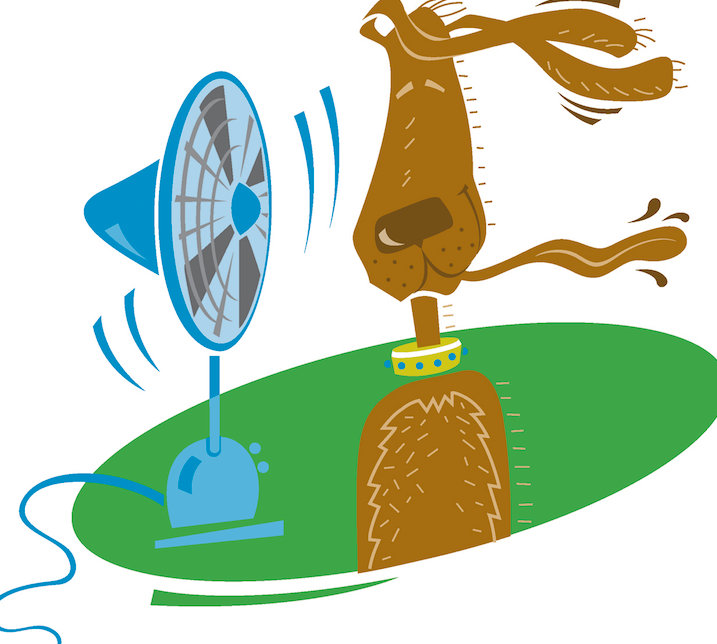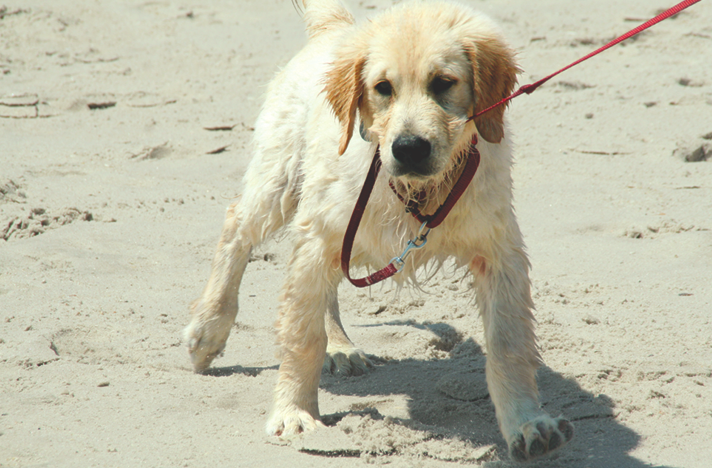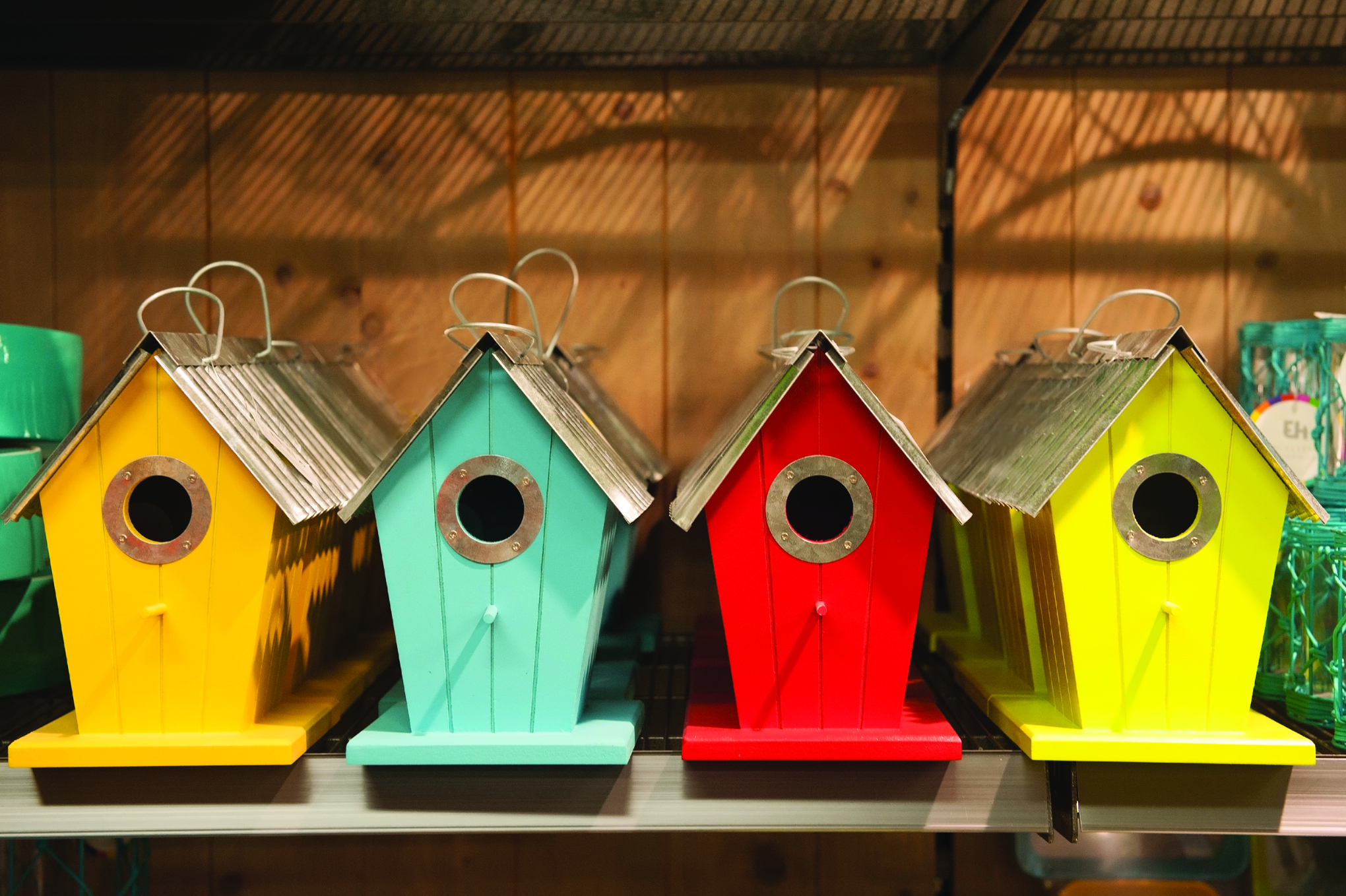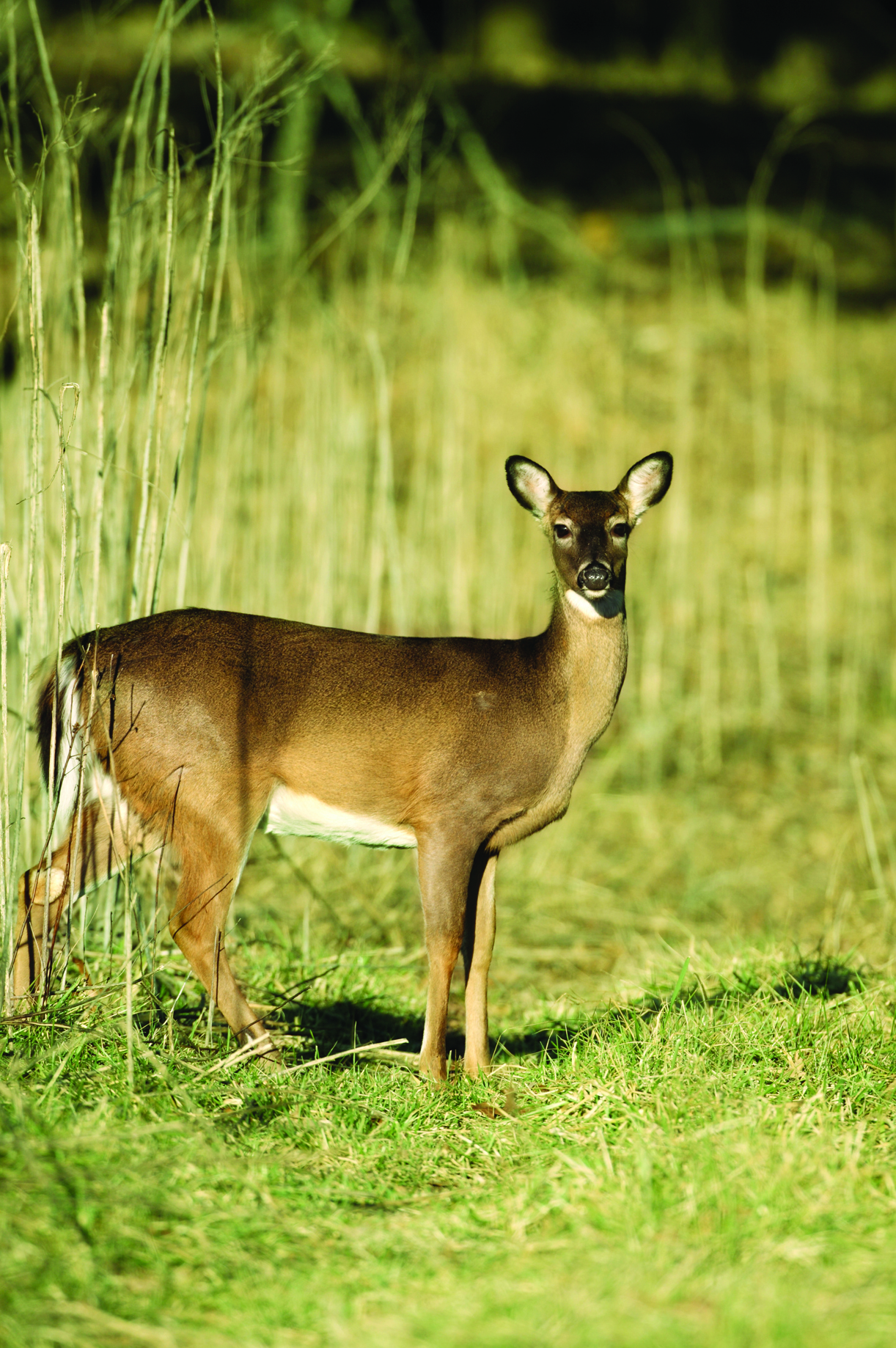Summer may be a time for vacations and recreational activities for human beings, but pets may not be privy to the same luxuries. Summer recreation may not always include our four-legged friends, as summer heat and other issues can pose a threat to companion animals. As a result, pet parents must make pet safety a priority when the weather heats up.
The Humane Society of the United States says that the summer months can be uncomfortable and dangerous for pets. Temperatures that may be tolerable for adults and children who are dressed accordingly may not be so for animals covered in fur. It’s vital to help pets stay comfortable and safe as summer temperatures heat up. Pet parents also must be aware of particular dangers that go hand-in-hand with summertime activities.
· Practice vehicle safety. It is never acceptable to leave pets in parked cars, even for a minute. Temperatures inside vehicles can rise quickly and considerably in a matter of minutes, even with the windows opened slightly. HSUS says on an 85-degree-day, temperatures inside parked cars can reach 102 F within 10 minutes. Pets can suffer irreversible and even fatal organ damage in that period of time. If you have to run errands, keep dogs and cats at home where they will be more comfortable.
· Stay off of hot asphalt. If you’ve ever walked on the hot sand or an asphalt driveway on a hot day, you understand just how scorching those surfaces can get. Dogs and cats do not have protective shoes to wear, so safeguard the delicate pads of their paws by keeping companion animals off of hot surfaces. Schedule walks in the early morning or late afternoon when temperatures are cooler.
· Schedule a pet grooming visit. The American Veterinary Medical Foundation suggests speaking with your veterinarian to see if it’s appropriate for your pet to get clipped shorter or to be shaved in the summer. But a fur coat can offer protection from the sun, so weigh the pros and cons before taking action. Apply sunscreen to your dog’s skin if he or she has a thin coat.
· Provide a way for pets to cool off. If you’re hot, chances are your pet is hot, too. Offer a means for pets too cool off, such as a wading pool when you are outside. Offer plenty of fresh water. Keep pets who do not enjoy the heat indoors with the air conditioner running on hot days.
· Look for indicators of heat stress. The American Veterinary Association says heat stress is marked by heavy panting, dry or bright red gums, thick drool, vomiting, diarrhea, or wobbly legs. Move pets exhibiting such symptoms to a cool place, drape a damp towel over the animal’s body, rewetting the cloth frequently, and get the animal to the vet as soon as you possibly can.
· Exercise caution in the water. Dogs can get swept away by rip currents just like human swimmers. If you will be boating, invest in a life jacket for your pooch and look for water hazards, such as currents, sink holes, and blue-green algae in lakes and ponds.
















